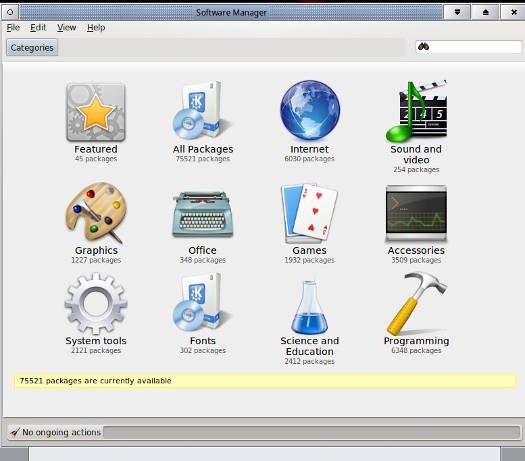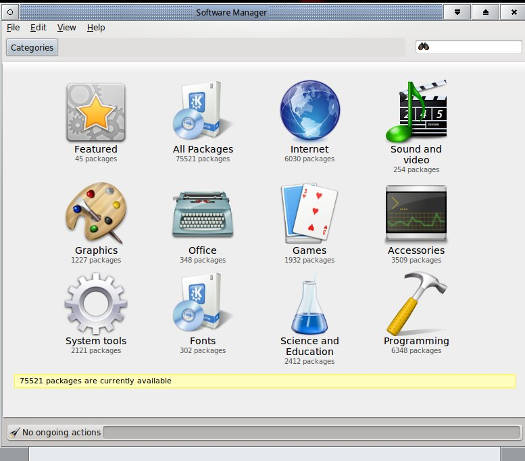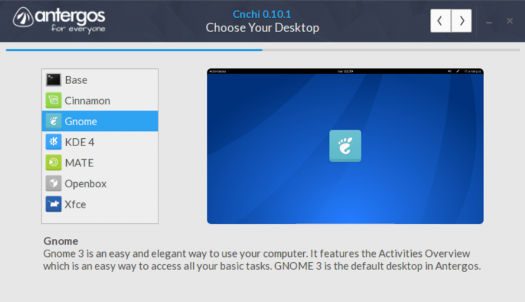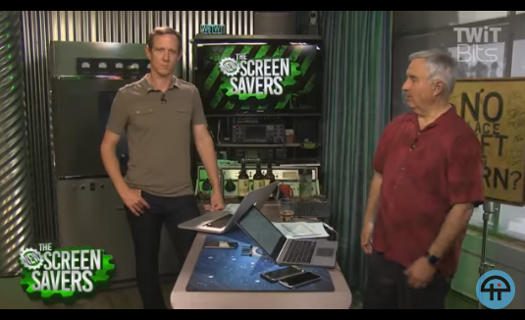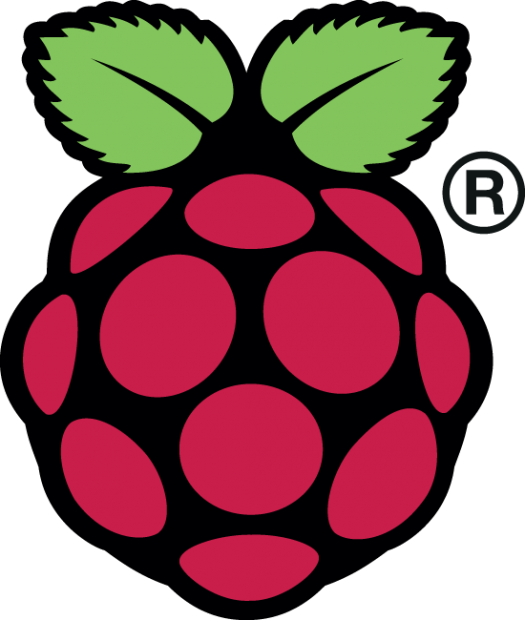At the turn of the century, generating positive interest in free and open source software was an uphill battle. These days FOSS practically runs the…
Posts tagged as “open source”
In an illustration of the value of diversity, four out of five of the recipients presented with O’Reilly Open Source Awards at this year’s OSCON were women.
The Video Screening Room
At O’Reilly’s OSCON conference earlier this month in Austin, Texa, open source developers and evangelists who have earned the respect of their peers worldwide were honored. In case you run into these folks at upcoming conferences, this short video will help you recognize these open source luminaries.
For the past 10 years, Phil has been working at a public library in the Washington D.C.-area, helping youth and adults use the 28 public Linux stations the library offers seven days a week. He also writes for MAKE magazine, Opensource.com and TechSoup Libraries. Suggest videos by contacting Phil on Twitter or at pshapiro@his.com.
The FOSS Force Video Interview It would be difficult to find anyone who’s been hanging in FOSS circles for more than a week or two…
We were pleased to discover an online retailer that caters to Linux and FOSS users and seems to understand exactly what free and open source is all about. This company gives a percentage of each purchase to free tech projects.
Are you one of those people who likes to use your laptop as a billboard to announce to the world that you’re a Linux user? Do you feel compelled to plaster stickers all over the outside of your laptop, maybe even your luggage, letting everyone know your favorite distro, some of your favorite FOSS programs or even a favorite programming or scripting language? Do you find yourself wishing there was an easy way to cover up the Windows key on your PC’s keyboard with something that actually represents an operating system you use?
Christine Hall has been a journalist since 1971. In 2001, she began writing a weekly consumer computer column and started covering Linux and FOSS in 2002 after making the switch to GNU/Linux. Follow her on Twitter: @BrideOfLinux
The Raspberry Pi Report
As with many Linux distros, perhaps the biggest strength of the Pi is the community that surrounds it.
One of the biggest questions I get asked is “why would I want to use a Raspberry Pi over Device X?” Almost always, the other device has a better processor, more USB ports or something else that should make the answer to choose Device X over the Pi.
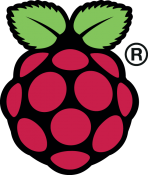 I’m not going to argue that the Raspberry Pi should always be the device of choice for every situation. Sometimes it just doesn’t cut it and using it in a given situation will cause more work than necessary. Whenever I am asked the above question, I usually get the details of what the person is intending to do, and then talk about the pros and cons of the Raspberry Pi for that use. One of the things I always remind the person is that no matter how good Device X might be, you need to consider the community behind the device. In my opinion, a constantly growing supportive community is what the Pi offers over all other devices.
I’m not going to argue that the Raspberry Pi should always be the device of choice for every situation. Sometimes it just doesn’t cut it and using it in a given situation will cause more work than necessary. Whenever I am asked the above question, I usually get the details of what the person is intending to do, and then talk about the pros and cons of the Raspberry Pi for that use. One of the things I always remind the person is that no matter how good Device X might be, you need to consider the community behind the device. In my opinion, a constantly growing supportive community is what the Pi offers over all other devices.
In addition to hosting a Raspberry Pi meetup in Washington D.C., Isaac Carter is a co-host on mintCast. He’s also a software engineer who enjoys working with Java, JavaScript, and GNU/Linux. When he’s not coding, you can find him reading on any number of subjects or on the golf course.
The Heart of Linux
The lead developer of Pinguy Linux, Antoni Norman, has said he’s considering shutting the project down due to a lack of funds. This raises the question: How much do you give to the distro you use?
I think of them as our own little personal supernovas. There’s a brilliant flash when a Linux distro tosses in the towel and calls it quits. But whenever a distro goes away, it leaves behind the people who’ve used and worked with it on a daily basis. While there’s no formation of a black hole, there is a hole at the center of users’ work schedules and that disruption can do serious damage to those relying on the distro’s stability. And while getting a new distro installed and running isn’t the nightmare it used to be, it’s still a pain.
Ken Starks is the founder of the Helios Project and Reglue, which for 20 years provided refurbished older computers running Linux to disadvantaged school kids, as well as providing digital help for senior citizens, in the Austin, Texas area. He was a columnist for FOSS Force from 2013-2016, and remains part of our family. Follow him on Twitter: @Reglue



